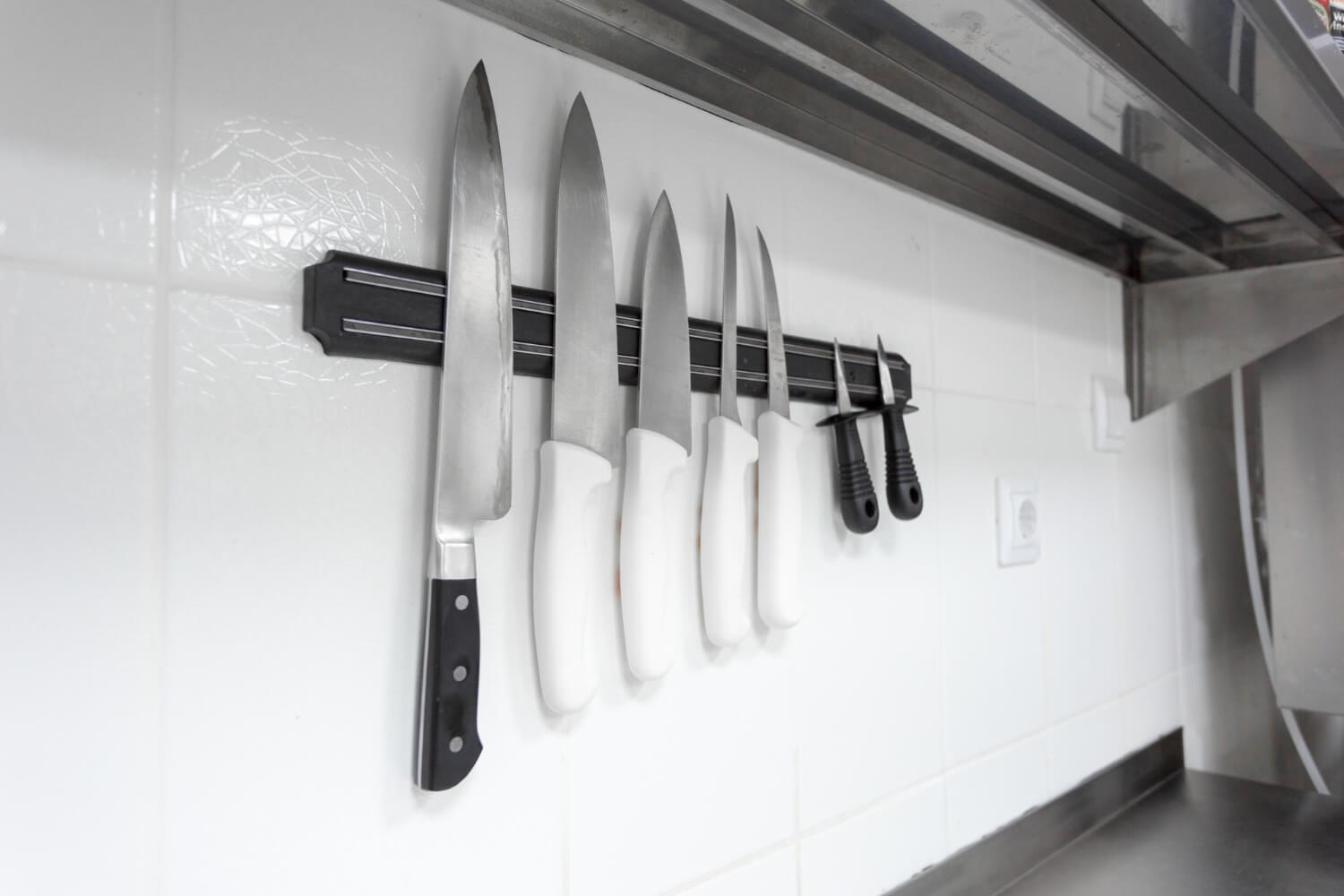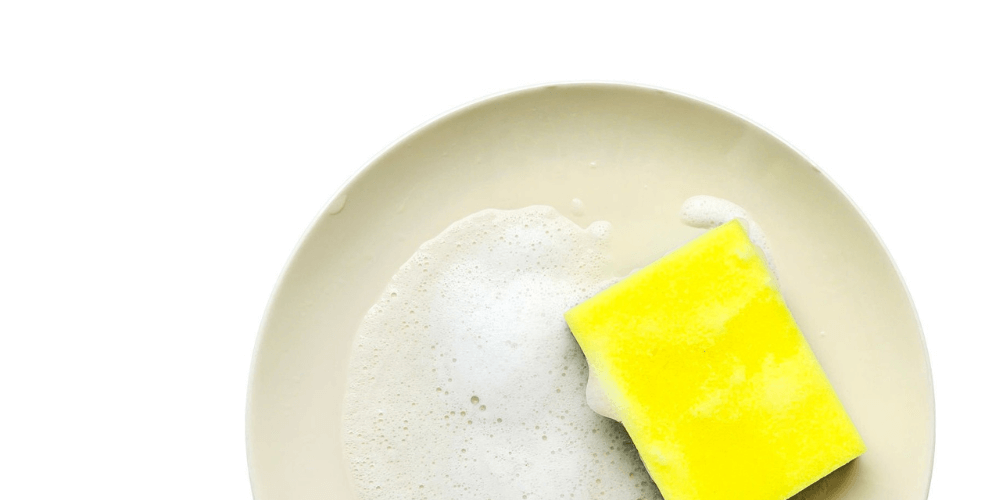Knives are indispensable in any kitchen, but not all knives serve the same purpose. This article aims to delineate the differences between fillet knives and regular knives, highlighting why each has its unique place in your culinary toolkit.
Table of Contents
- Understanding Fillet Knives
- Understanding Regular Knives
- Comparing Blade Design
- Comparing Flexibility
- Comparing Uses
- Maintenance and Care
- Conclusion
- Further Reading
ChatGPT
To enhance these sections, we can add more detail, examples, and practical tips to make them more informative and engaging. Here's a revised version:
Understanding Fillet Knives
Fillet knives are a specialized type of kitchen knife, meticulously crafted for the art of filleting fish. Their design features a long, slender, and notably flexible blade, which is key to their functionality. This flexibility allows for exceptionally precise cuts, closely following the contours of the fish's backbone and skillfully sliding under the skin. The blade's thinness and sharpness are crucial for minimizing waste and preserving the delicate texture of the fish.
Popular models like Bubba Fillet Knives exemplify these qualities. They are not just tools but an extension of the chef's hand, providing control and precision that is paramount in seafood preparation. Whether you're an amateur cook or a professional chef, mastering the use of a fillet knife can elevate your culinary skills, especially in seafood dishes. It's the go-to tool for effortlessly removing skin and bones, ensuring that each fillet is perfectly prepared for cooking.
Understanding Regular Knives
In contrast, regular knives are the all-rounders of the kitchen. Their versatility makes them indispensable for a wide array of culinary tasks. Unlike the specialized fillet knife, regular knives typically feature a thicker, sturdier, and less flexible blade. This design makes them ideal for a variety of everyday kitchen tasks, from the robust action of chopping vegetables to the delicate art of slicing meats and bread.
The world of regular knives is diverse, encompassing several types tailored to specific tasks. For instance, a chef's knife, with its broad and heavy blade, is a powerhouse for chopping, dicing, and mincing. A paring knife, small and agile, is perfect for peeling and other intricate work. Then there's the bread knife, with its serrated edge, designed to cut through crusty loaves without crushing the soft interior. Understanding the unique strengths of each type of regular knife can significantly enhance your cooking efficiency and enjoyment.
Comparing Blade Design
The blade design is a fundamental aspect that sets fillet knives apart from regular knives. Fillet knives boast a blade that is not only thin but also highly flexible. This design is intentional, catering to the need for precision in filleting. The blade's ability to bend and flex allows for meticulous cuts that closely follow the contours of fish bones and glide smoothly under the skin. This precision is crucial in preserving the integrity of the fish's delicate flesh, ensuring that the fillets are cleanly separated without any unnecessary tearing or wastage.
In contrast, regular knives are designed with a focus on versatility and robustness. For instance, a chef's knife features a broad and heavy blade, making it a powerhouse for tasks like chopping, dicing, and mincing. Its design is optimized for handling a variety of ingredients with ease, from dense vegetables to thick cuts of meat. Similarly, a bread knife is equipped with a serrated blade, specifically designed to tackle the unique challenge of cutting through crusty bread loaves. The serrations allow for a sawing motion, cutting cleanly through the crust without compressing the soft interior.
Comparing Flexibility
Flexibility is another key differentiator. Fillet knives are engineered to offer exceptional flexibility, which is not just a feature but a necessity for their specific purpose. This flexibility allows the knife to adapt to the shape and texture of the fish, facilitating a cleaner and more precise cut. It's particularly beneficial when it comes to removing the skin from fish. The knife can easily slide between the skin and flesh, separating them without causing any damage to the delicate meat.
Regular knives, on the other hand, are generally less flexible. This rigidity is advantageous for tasks that require more force and less precision. For example, when chopping vegetables or slicing through tougher cuts of meat, a more rigid blade provides the stability and strength needed for efficient cutting. The lack of flexibility in regular knives translates to better control and power in these scenarios, making them more suitable for a broader range of kitchen tasks.
Comparing Uses
The distinct designs of fillet knives and regular knives cater to different tasks in the kitchen, each excelling in its specialized role. Fillet knives, including their electric counterparts, are the quintessential tools for fish preparation. Their design – a long, thin blade – is not just for aesthetics; it's a functional feature that enables precise, clean cuts. This precision is vital for tasks like removing skin and bones from fish, ensuring that the resulting fillets are impeccably clean and boneless. The finesse with which these knives handle fish makes them indispensable for seafood enthusiasts and professional chefs alike.
In contrast, regular knives are the workhorses of the kitchen, prized for their versatility. A chef's knife, for instance, is a culinary multitasker, adept at chopping vegetables, slicing meats, and even mincing herbs with ease. Its robustness and versatility make it a staple in any kitchen. Additionally, some regular knives, such as those in the Made In Knife Set, are versatile enough to handle smaller fish, offering a balance between the precision of a fillet knife and the strength of a regular knife.
Maintenance and Care
The longevity and performance of both fillet and regular knives hinge on proper care and maintenance. Regular sharpening is essential to maintain a razor-sharp edge, ensuring that each cut is clean and efficient. Proper cleaning and storage are equally important to prevent damage and rust, thereby extending the life of the knives.
Fillet knives, with their thin and flexible blades, demand a bit more attention. Their delicate structure means they can be prone to damage if not handled and maintained correctly. Regular sharpening is crucial, not just to keep them sharp but also to maintain their flexibility and precision – qualities that are essential for their specific use. It's important to use the right sharpening techniques to avoid damaging the blade.
For those looking to delve deeper into the nuances of knife maintenance, especially for fillet knives, our comprehensive guide on caring for and sharpening fillet knives is an invaluable resource. This guide offers detailed insights and practical tips to ensure your knives remain in peak condition, ready to enhance your culinary experience.
Choosing the right knife, whether a precision fillet knife for seafood preparation or a versatile regular knife for everyday tasks, is essential in any kitchen. Understanding their differences helps you make informed decisions, enhancing your culinary skills and efficiency. Always remember, proper maintenance and safe handling are key to ensuring the longevity and optimal performance of your knives.
Further Reading
- If you're on the hunt for a new fillet knife, whether as a replacement or your first purchase, our article highlighting the best fillet knives is a valuable resource. Discover our top 5 recommendations to find the fillet knife that suits you best.
- Gain a deeper insight into how knife sharpening angles can enhance your culinary skills by exploring this comprehensive guide at Sharpening Supplies.
Thanks for reading!



